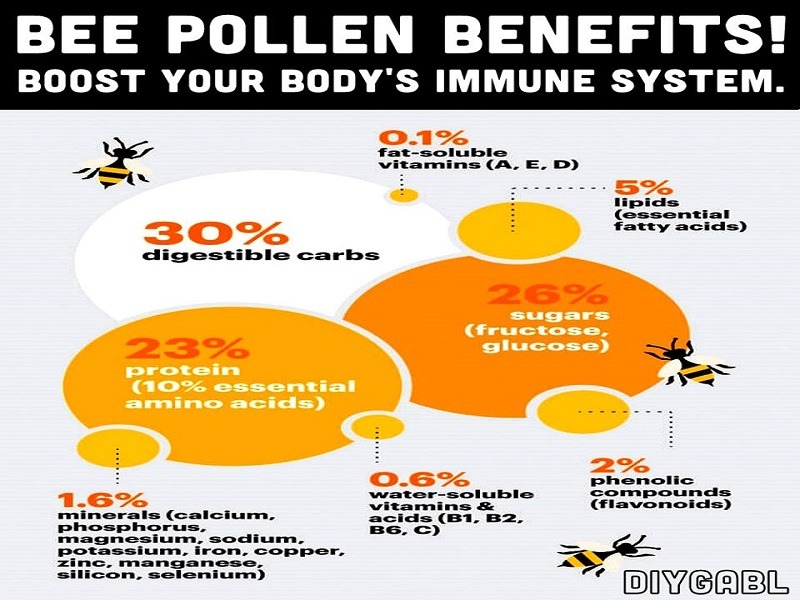


The rise and fall of major royal jelly proteins during a honeybee (Apis mellifera) workers’ life. Dobritzsch D, Aumer D, Fuszard M, Erler S, Buttstedt A (2019).A review on Royal Jelly proteins and peptides.

Ramanathan ANKG, Nair AJ, Sugunan VS (2018).Arhiv Za Higijenu Rada i Toksikologiju, 66 (4): 269-274. The influence of royal jelly and human interferon-alpha (HuIFN-αN3) on proliferation, glutathione level and lipid peroxidation in human colorectal adenocarcinoma cells in vitro. Filipič B, Gradišnik L, Rihar K, Šooš E, Pereyra A, Potokar J (2015).Anahtar Kelime: Royal jelly WST-1 Assay Prostate cancer Breast cancer Lipid peroxidation According to the data of this research, RJ act as prooxidants in PC-3 and MCF-7 cancer cell lines by lessening cellular viability and raising ROS and LPO formation. WST-1 assay was used to measure cell proliferation, and levels of reactive oxygen species (ROS) and lipid peroxidation (LPO) were analyzed to look at antioxidant activities. Therefore, the antioxidant and anti-proliferative activities of RJ in PC-3 prostate cancer cells and MCF-7 breast cancer cells were evaluated to investigate a chemopreventive strategy to increase cancer therapy efficacy. However, RJ's cytotoxic and antioxidant properties on PC-3 prostate cancer and MCF-7 breast cancer cell lines have yet to be thoroughly investigated at the cellular level. According to the reports, RJ may have cytotoxic effects in animal models. The specific food for the queen honeybee larva (Apis mellifera), royal jelly (RJ) is a yellow, milky, cremy product of the bee which is stowed from the mandibular and hypopharyngeal glands of the worker honeybee. Recent studies have encouraged the utilization of bee products to prevent and treat the cancer. Due to their high toxicity to healthy body cells, chemotherapy drugs used to treat cancer pose a serious threat to the organism.


 0 kommentar(er)
0 kommentar(er)
